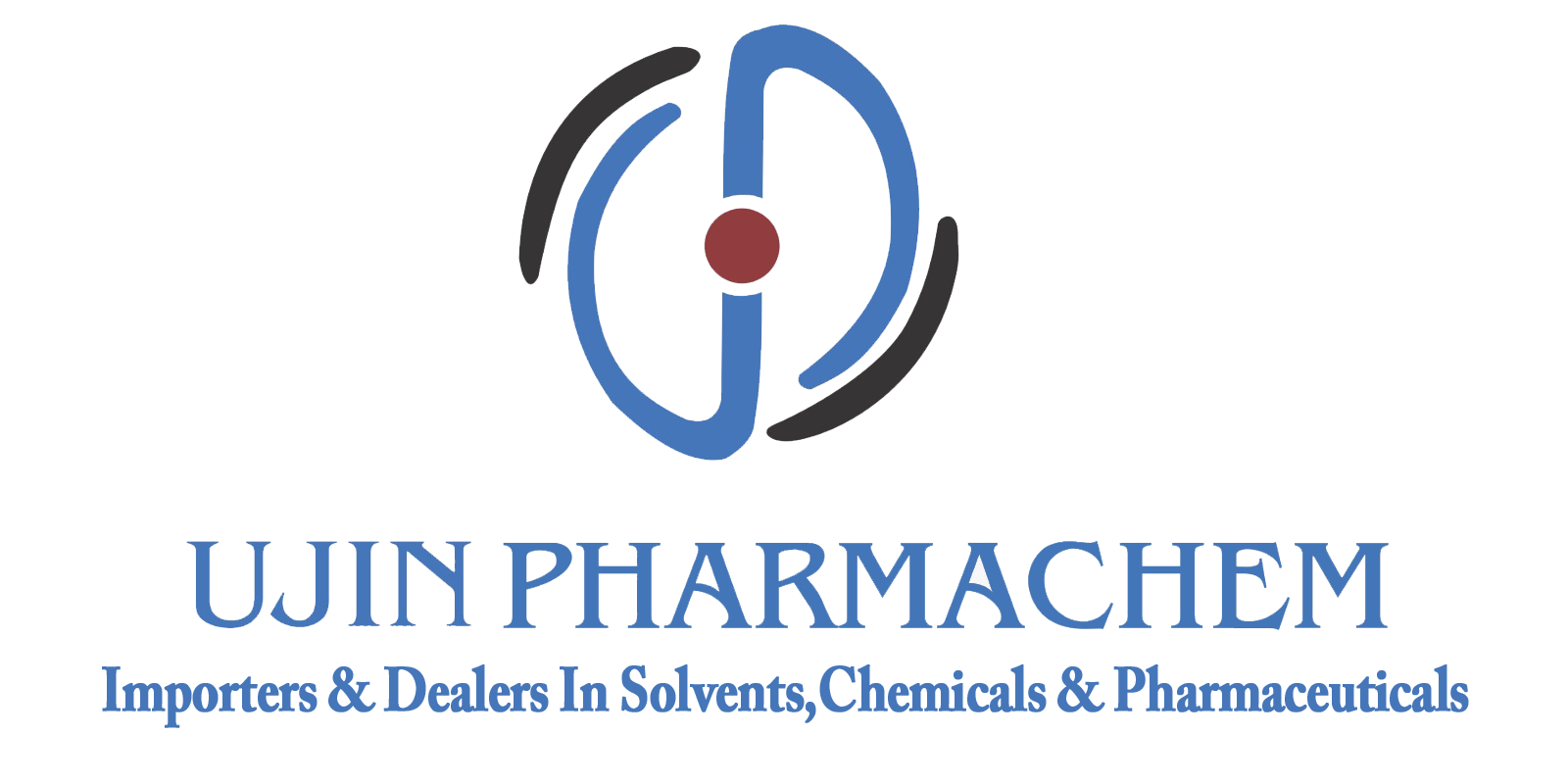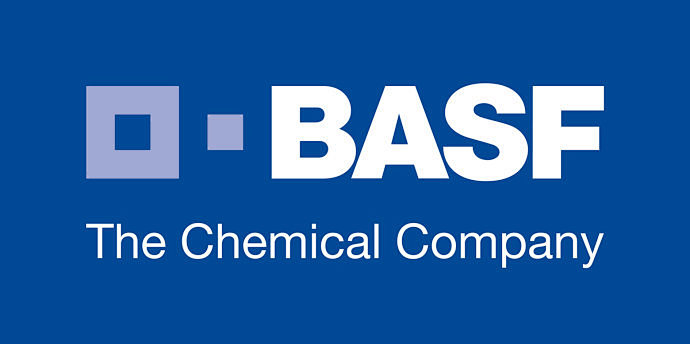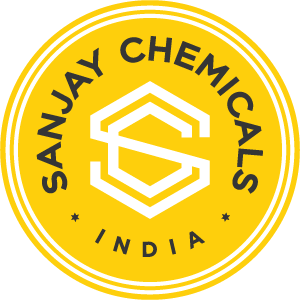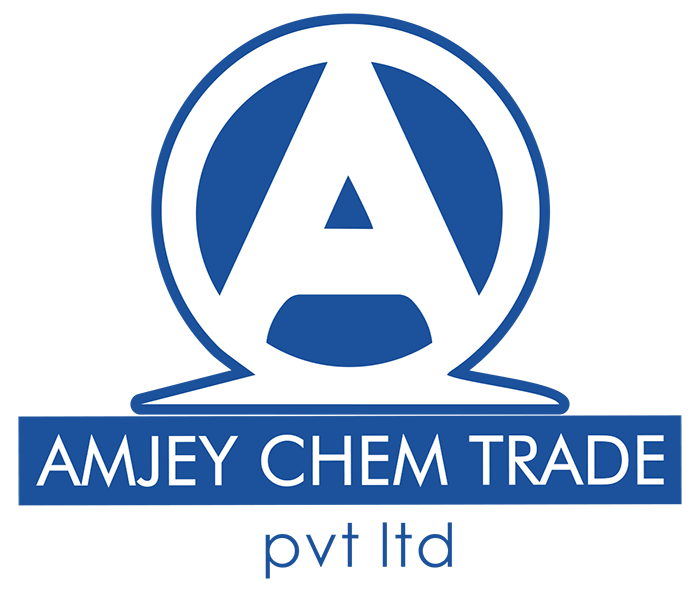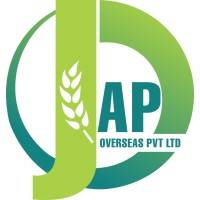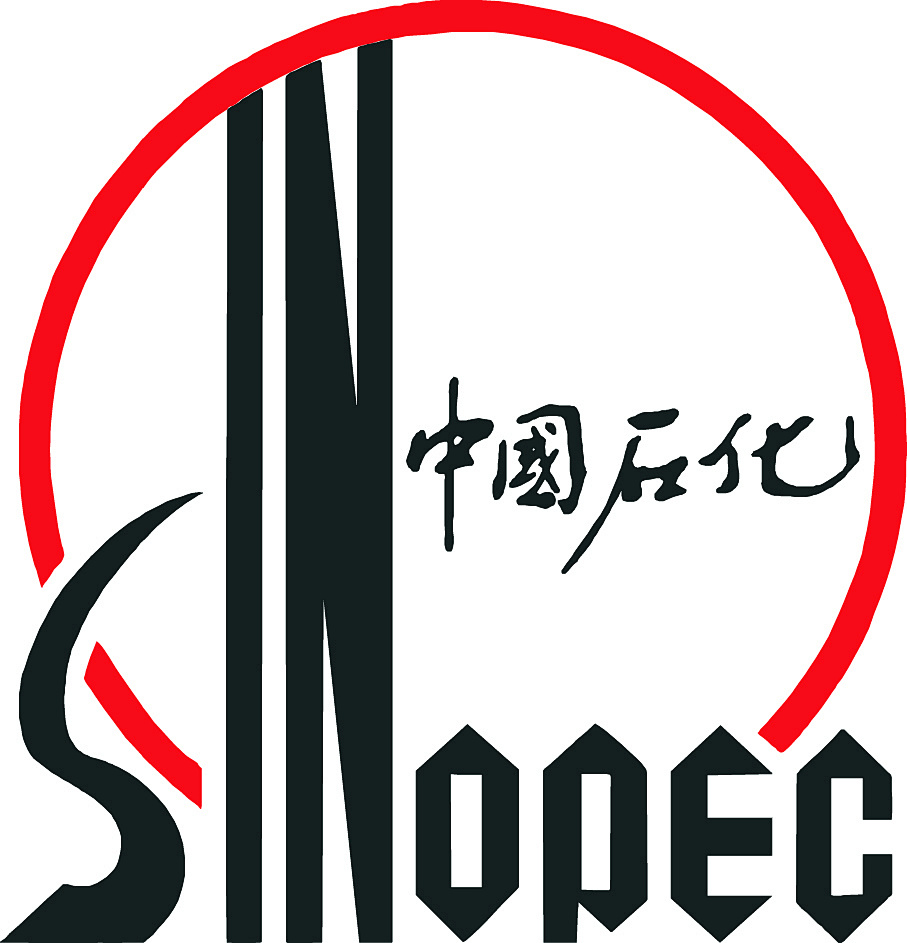GHS Label elements, including precautionary statements
Precautionary statements
P308+P313 IF exposed or concerned: Get medical advice/attention.
P311 Call a POISON CENTER or doctor/physician.
P403+P233 Store in a well-ventilated place. Keep container tightly closed.
P405 Store locked up.
P305+P351+P338 IF IN EYES: Rinse cautiously with water for several minutes. Remove contact lenses, if present and easy to do. Continuerinsing.
P303+P361+P353 IF ON SKIN (or hair): Remove/Take off Immediately all contaminated clothing. Rinse SKIN with water/shower.
P301+P310 IF SWALLOWED: Immediately call a POISON CENTER or doctor/physician.
P280 Wear protective gloves/protective clothing/eye protection/face protection.
P273 Avoid release to the environment.
P261 Avoid breathing dust/fume/gas/mist/vapours/spray.
P260 Do not breathe dust/fume/gas/mist/vapours/spray.
P210 Keep away from heat/sparks/open flames/hot surfaces. — No smoking.
P201 Obtain special instructions before use.
Hazard statements
H225 Highly Flammable liquid and vapour
H301 Toxic if swalloed
H311 Toxic in contact with skin
H315 Causes skin irritation
H317 May cause an allergic skin reaction
H318 Causes serious eye damage
H411 Toxic to aquatic life with long lasting effects
H370 Causes damage to organs
H361 Suspected of damaging fertility or the unborn child
H350 May cause cancer
H335 May cause respiratory irritation
H331 Toxic if inhaled
Disposal
WARNING.Cancer - https://oehha.ca.gov/proposition-65/chemicals/acrylonitrile
![]() +086 1911-7288-062 [ CN ]
+086 1911-7288-062 [ CN ]
































































































